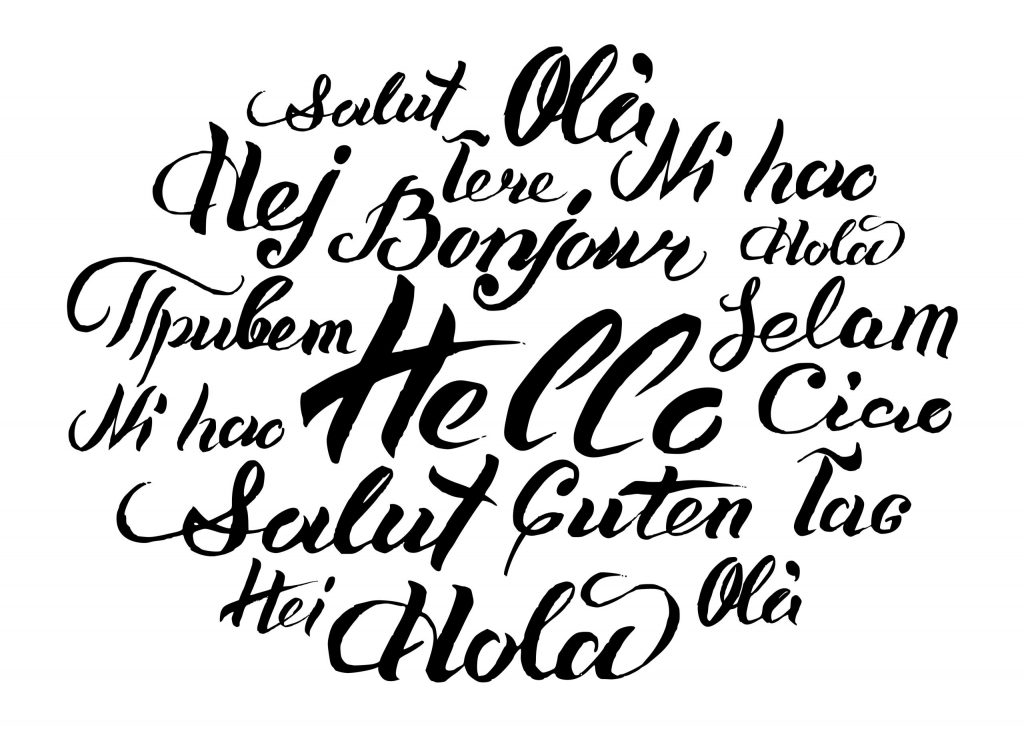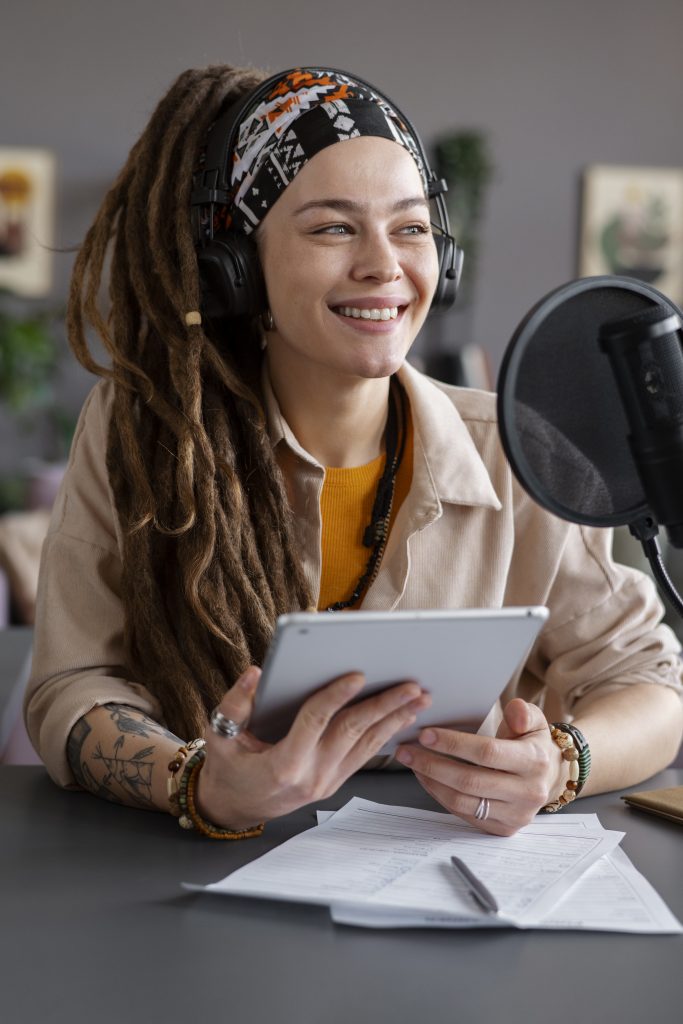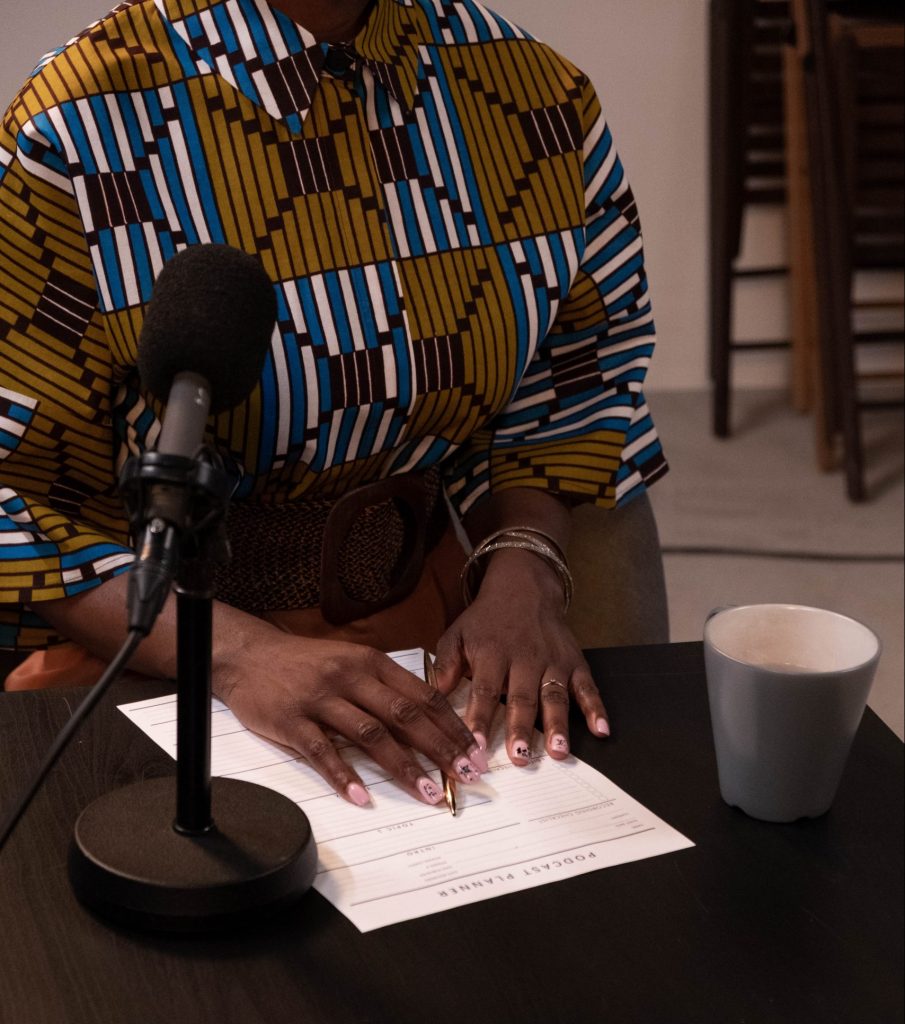Module 01: Bonjour!
Première Partie: Les salutations / Les exercices

Exercice 1. Les salutations polies
Exercice 2. Les salutations familières
Exercice 3. Répondez
Exercice 4. Ecoutez
Activity embedded from Learningapps.org
Exercice 5. Les accents
🔵Exercice 6. Écoutez et écrivez
🔵 Exercice 7: Présentez-vous ! Present yourself!
The tool below will allow you to record your self-presentation. You may also use Vocaroo to record yourself. Please be sure to click the download button to save your recording so that you may upload it to Google Classroom.

🔵Exercice 8. Dictée de lettres de l’alphabet

🔵 Exercice 9. Essayez – try
After you’ve practiced the French alphabet and phonetic sounds, record yourself using the button below or by visiting www.vocaroo.com and share your audio file with the teacher.
Be sure to include your name (je m’appelle) and then recite the alphabet and choose three words to spell in French.
Optional Activities for extra practice
Watch the following videos for examples of how three University of Texas at Austin students who are studying abroad in Lyon, France introduce themselves:
Laila
Bonjour.
Laila: Bonjour!
Comment vous appelez-vous?
Laila: Je m’appelle Laila.
Laila. Et votre nom de famille?
Laila: (C’) est Kiblawi.
Kiblawi. C’est un nom américain?
Laila: Non, c’est un nom arabe.
Arabe. Pouvez-vous épeler Kiblawi pour moi?
Laila: Si (correct word: oui), c’est K-I-B-L-A-W-I.
Très bien. Merci. Alors Laila, vous êtes d’où?
Laila: Je suis de Dallas.
De Dallas, très bien. Et, qu’est-ce que vous faites dans la vie?
Laila: Je suis étudiante à l’Université du Texas à Austin et je suis étudiante en français et en publicité.
Très bien.
Blake
Tout d’abord, comment vous appelez-vous?
Blake: Je m’appelle Blake.
Blake, très bien. Et, Blake, quel est votre nom de famille?
Blake: Dublin.
Dublin. Pouvez-vous épeler Dublin pour moi?
Blake: Oui, D-U-B-L-I-N.
Très bien, très bien. Alors Blake, vous êtes d’où?
Blake: Je suis de San Antonio.
San Antonio, très bien. Et qu’est-ce que vous faites dans la vie?
Blake: Je suis étudiant.
En quelle matière?
Blake: En histoire et en français.
En français, très bien.
Karen
Comment tu t’appelles?
Karen: Je m’appelle Karen.
Karen?
Karen: Oui.
Et Karen, tu es d’où?
Karen: Je suis de Mexico.
Ah oui? De Mexico?
Karen: Oui, Mexico.
Oui, au Mexique?
Karen: Au Mexique.
Et qu’est-ce que tu fais dans la vie?
Karen: Je suis étudiante à l’Université du Texas.
Très bien, okay.
Comment faire la bise ?
Watch the following video to learn the “dos and don’ts” of la bise:
Comment se dire bonjour au temps de Covid ?
How has the way we greet one another changed during the COVID-19 pandemic? Review the following infographic to learn alternative ways of greeting someone:



